|
We've all experienced walking into a truly special space—a room that immediately struck us as balanced, intriguing, and sumptuous. A bounty of pattern and texture inhabits the world around us, and yet we rarely pause to consider how these enriching intricacies change the way we experience interiors. When it comes to interior design, however, it becomes our responsibility to create such harmonious and inviting aesthetics, rather than simply enjoying being immersed within them! Here at Unique Bespoke Wood, our passion for transforming interiors with a sleek chevron parquet pattern or a room-expanding wide plank wood flooring has attuned our awareness to the importance of pattern and texture. With that in mind, today we invite you to join us in exploring why these two factors are so important when designing stand-out interiors, and how you can harness their super-powers to maximum effect. How Do We Define Texture? While the answer to such a question might seem obvious at first, claiming the full lexicon of all things texture related helps us to get more playful as we explore this element within design. From a technical perspective, texture describes the surface quality of a material—whether it is rough or smooth, ridged or bumpy, and so on. We can also consider texture in terms of whether it is purely visual, or if it also offers a tactile presence within a space. When we visually absorb the textures within a room, part of the impression created includes how we perceive certain surfaces would feel to the touch. This quality can be highly evocative—making a space feel sleek and modern, or decadent and inviting. Tactile textures may trigger our memories or certain associations. Texture is also a powerful tool for differentiation, and adjacent surfaces can be highlighted and contrasted through the simple application of different finishes. How Do We Define Pattern? In contrast, pattern is created through motif, be it divine decoration found on fabric, tile or wallpaper, or the luxurious presence of herringbone parquet pattern across a spectacular hardwood floor. Through the two-dimensional form that pattern takes, our perception of a surface is transformed. The perfect choice can alter our impression of scale, grab or divert attention, and make elements proudly leap forwards, or modestly slide back within the room's composition. Just as texture can be evocative, pattern can also help us convey certain design styles, or trigger certain emotional responses. In either case, balance is key—texture and pattern should create interest as we visually explore a space, rather than being allowed to overwhelm it. Striking a Perfect Balance
As human beings, our sense of touch and intrinsic curiosity are each very instinctive, so these two design resources allow us to create multi-faceted interiors that delight and inspire the senses. There is space for playfulness in the application of pattern and texture, but going all-out can create visual confusion, overpowering—if not obliterating—other design elements! Instead, we must think in terms of balancing the visual weight of the more intricate or high-contrast surfaces introduced. Opting for similar or complementary patterns and textures can be a wonderful tool for tying a room together, while they can also allude to the intended use or mood of the space. While best applied in measured amounts, bold pattern can serve as a magical stand-out feature, and a resource from which an entire colour scheme and tonal aesthetic can be built. . The Impact of Illumination When composing an interior design, texture and pattern should always be considered with lighting in mind. Direct light will enhance, while diffuse light will detract from the impact of your featured surfaces. An interesting texture can be brought to life with lighting that hits it from an oblique angle, while a reflective pattern can reclaim a dark corner and make it shine forth. Different materials may reflect or absorb light, so approaching these elements wholistically is important to retaining control of the visual results. For many interiors, considering how textures and patterns will appear both in daylight and under more atmospheric evening conditions is also valuable for achieving ultimate design success. . Creating Illusions of Scale When designing interior spaces, a glorious opportunity is presented to manipulate the room's scale through clever illusion. Wide plank wood flooring can work wonders for making a space feel not only contemporary but also far larger, while vertical pattern on walls and furnishings can create the impression of more height. Within a more substantial space, chevron or herringbone parquet pattern will make the room feel intimate and inviting, while introducing an air of elegance that cannot be matched. Large-scale repeat patterns can make an interior area feel smaller, while fine and delicate pattern can make walls appear more expansive. With a little imagination we can tune into how texture and pattern draw the eye: do they make a surface advance towards the viewer, or melt away? Will a pattern highlight geometric form, or make the surface irregularities often found within historic structures vanish pleasingly from sight and mind? By considering the power that pattern and texture provide, we can build interiors layer by layer into spaces that provide continuing pleasure to all who inhabit them. If you would like to explore how a herringbone parquet pattern, chevron parquet pattern, or wide plank wood flooring would transform your envisioned interior, contact our team today. We are always ready to assist you in bringing your design dreams to fruition!
1 Comment
4/14/2021 04:08:28 pm
An informative and comprehensive article, thank you for sharing your expertise.
Reply
Leave a Reply. |
- Home
-
Collections
- Timeless - Engineered Wood Flooring
- Solid Wood Flooring
- Chevron Parquet Flooring
- Parquet
- Wide Plank Wood Floor
- Live Edge Wood Flooring
- Engineered Ash Wood Floor
- Engineered Walnut Wood Floor
- Textured Wood Flooring
- Versailles Parquet
- Parquet Panels
- Mansion Weave Parquet
- Antique Wood Flooring
- Wood Cladding
- Charred Wood
- Wood For Stairs
- Unfinished Wood Flooring >
- Bespoke Wood Floor
- Services
- Information
- Room Ideas
- BLOG
- Contact
- FAQ
- Trade Program
|
|
|
UNIQUE BESPOKE WOOD
74/76 MONTROSE TERRACE, EDINBURGH, EH7 5DP
UNITED KIGDOM
[email protected] / 01316529873
74/76 MONTROSE TERRACE, EDINBURGH, EH7 5DP
UNITED KIGDOM
[email protected] / 01316529873
FOLLOW US ON SOCIAL MEDIA
© COPYRIGHT 2022. ALL RIGHTS RESERVED.
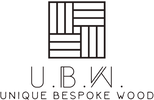

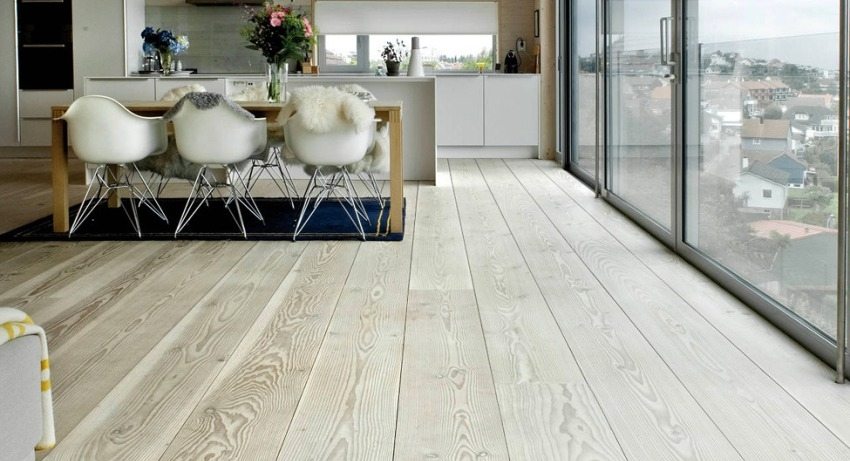
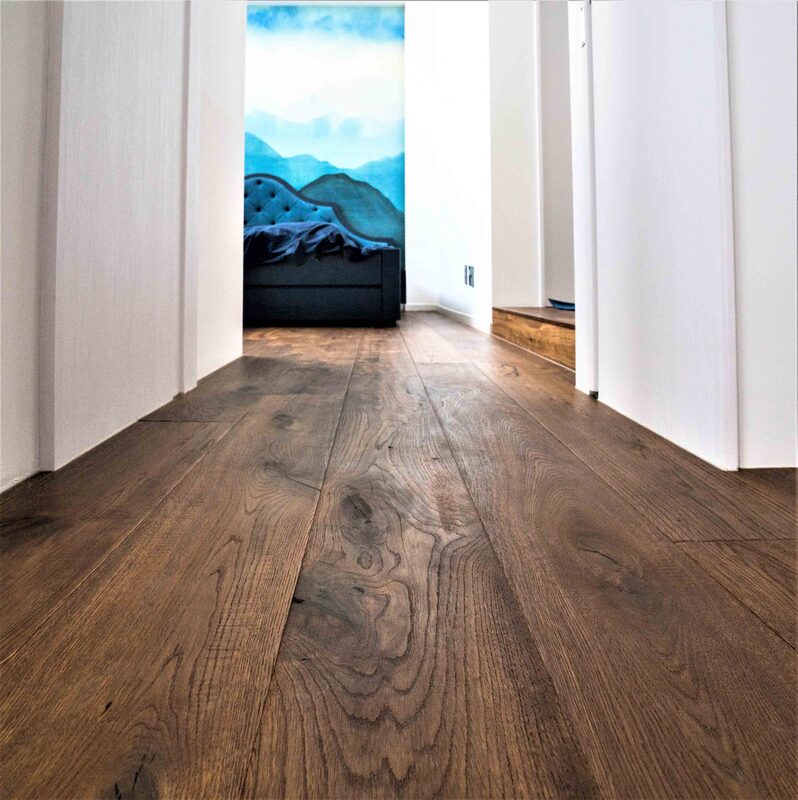


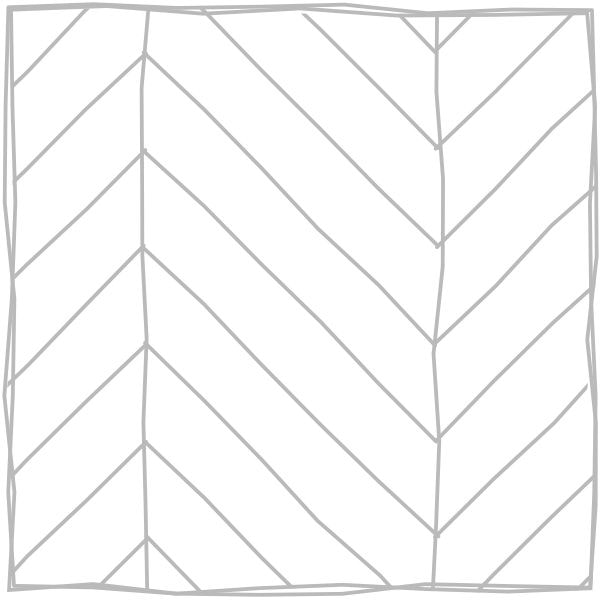
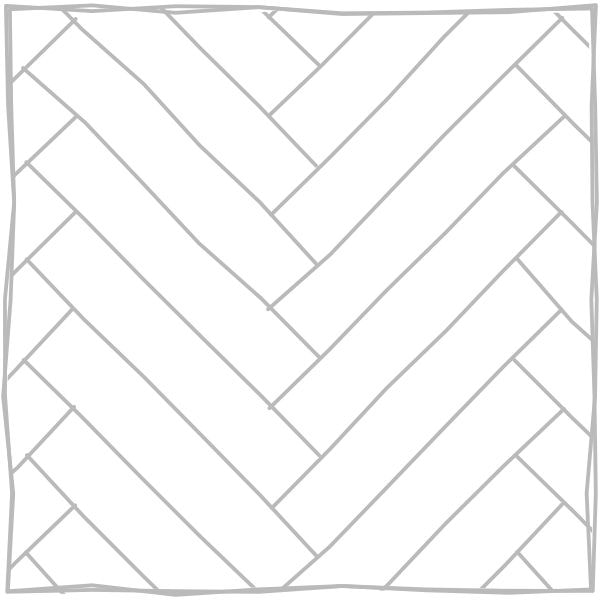
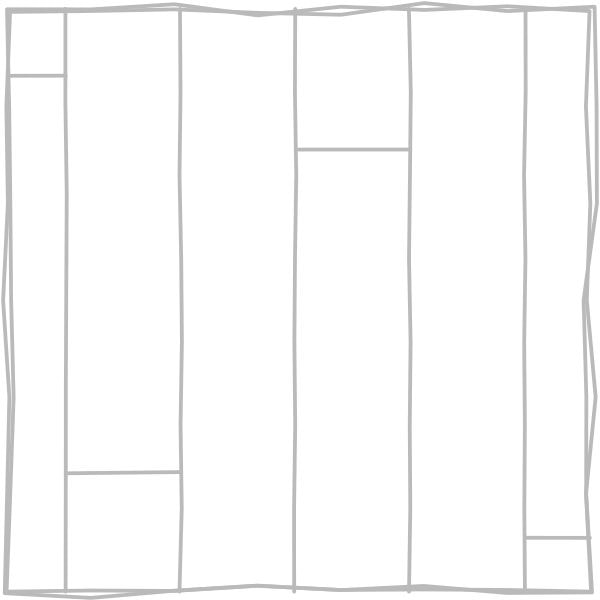
 RSS Feed
RSS Feed